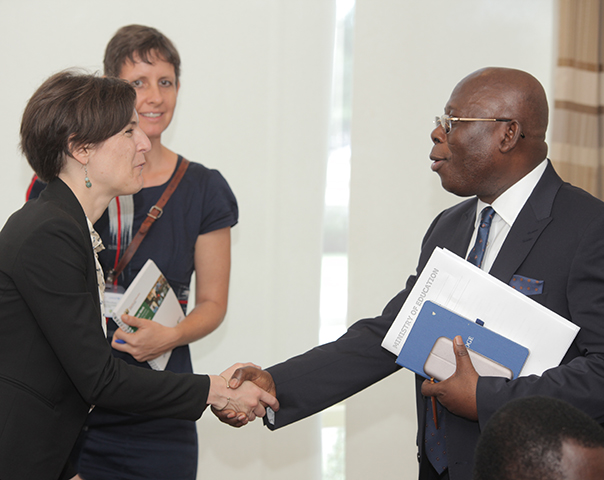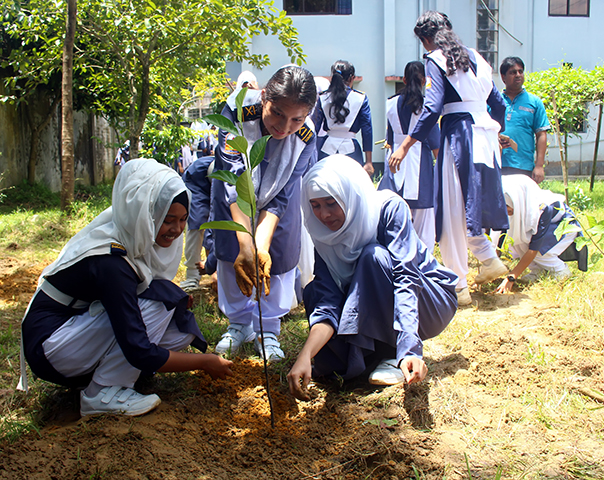Savings, Subsidies, and Technology Adoption: Field Experimental Evidence from Mozambique
We investigate the impacts of subsidies for technology adoption, and how savings constraints affect subsidy impacts. In a theoretical model in which risk-averse households face liquidity constraints as well as incomplete insurance, alleviating savings constraints could promote persistence of technology adoption over time (dynamic enhancement), or could instead reduce technology investment by encouraging savings accumulation (dynamic substitution). We implemented a field experiment in rural Mozambique, randomly assigning households one-time subsidies for adopting modern agricultural technology (chiefly fertilizer). Entire localities were later randomly assigned programs facilitating formal savings. In localities with no savings program, subsidy recipients raise their fertilizer use in the subsidized season and for two subsequent unsubsidized seasons. By contrast, in savings-program localities, subsidy impacts on fertilizer use do not persist: households shift resources away from fertilizer, instead accumulating savings in formal bank accounts. The savings programs also appear to improve household ability to cope with risk. These patterns are consistent with the theoretical case of dynamic substitution of subsidies; demand for self-insurance is so high that households scale back technology adoption so as to accumulate savings buffer stocks.











